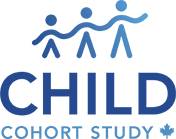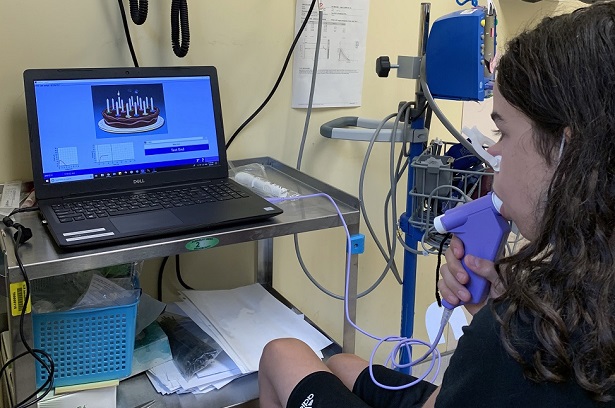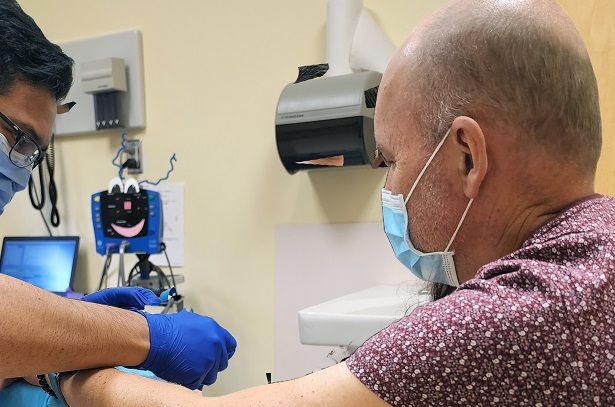YOUR NEXT
VISIT
WHAT TO EXPECT THE NEXT TIME WE SEE YOU
YOUR NEXT
VISIT
WHAT TO EXPECT THE NEXT TIME WE SEE YOU
Be prepared for your next visit with CHILD!
Yes, we’re doing it again!
Not many studies have collected as much data, over so many years, as CHILD.
This is what makes CHILD such a uniquely valuable resource for health research.
Each new layer of data makes all our past efforts together pay off even more.
Each new round of data collection makes the Study more powerful, enabling new questions and discoveries.
PLEASE JOIN US this round.
What we have built together is amazing. Let’s make it even better!
A video introduction
Watch this short video for a full overview of your next visit: the what and the why.
Scroll down for more detail or to focus in on the specific information that interests you.
Some important FAQs:
Why keep participating in CHILD?
You’ve done all this many times before. Is there good reason to do it all again?
Yes, we believe there is. That’s why we keep taking it on, too.
The longer the better: A great strength of CHILD is its longitudinal quality: the fact that it keeps following its participants (you) across many years. The more years we collect data from you, the more questions we can answer about the origins of health and disease.
Insights into the next stage of life: From following you so far, we have traced early-life influences on your health in childhood. By continuing, we can learn about how early-life and childhood factors influence your adolescent and adult health.
Answering new questions: With each new round of data collection, we can also explore new things, by adding new questions.
A rare & hard to reproduce opportunity: It is not easy to organize and carry through on a cohort study like CHILD, so there are few around like it. This makes CHILD an extremely rare and valuable resource for health researchers.
Is there anything different about this visit?
Yes, there are a few changes planned for this round of data collection. Most aim to make things less burdensome for you.
- Fewer questionnaires: We have reduced the overall number of questionnaires for both parents and youth (one fewer for each).
- Shorter questionnaires: We have removed some questions and eliminated redundancy to make the questionnaires more streamlined.
- Parents get a break: Given the maturity of our youth participants, we are asking them to answer more questionnaires directly and lightening the load on parents.
- Parents get another break: We are not taking biological samples from, nor performing skin prick or spirometry tests on, parents.
- Youth get a break: We are not performing methacholine challenges on youth, and in Toronto, where we do some extra lung function tests on youth, these additional tests have been reduced to two instead of the previous three.
- More on mental health: In response to the your expressed interests, we are asking more questions relating to mental health and substance use.
- Private space for youth: In response to the your requests, we are providing youth protected space and time to complete more sensitive questionnaires (for example, on mental health and substance abuse).
- Cooler & better wearable: We are replacing the actigraphy wearable we used before with a different wearable that is smaller (it’s a ring you wear on your finger) and that collects more data more accurately.
- More $$$: We have increased the value of the gift certificates we offer you as thanks.
When should you aim to schedule your visit?
We’ve been calling this the “16-year” visit. When should you aim to schedule your visit: As soon as you turn 16? Before you turn 17? When’s too early or too late?
Window of eligibility: You are eligible to participate in the “16-year” visit from when you reach the age of 14 years and 9 months (three months before you turn 15), up to the day before your 18th birthday. Basically, anytime while you are 15, 16 or 17 years old.
We need to collect your data somewhere within this window of time, according to your availability.
Whenever it works best for you, & better late than never: We encourage you to schedule your visit as soon as conveniently possible after you enter your window of eligibility. However, we will be happy to see you anytime within the specified age span — and even if can’t manage a visit within your window, we’d still appreciate hearing from you.
Are you nervous about your data & what we'll learn about you?
If you answer questions honestly about personal things will we judge you or get you in trouble with your parents? Will other people find out?
Confidentiality: No, absolutely not. All your answers are treated as strictly confidential. More importantly, all your data is collected and processed in such a way that it is de-identified (no one can connect it with you as an individual) before it is used for research. CHILD data is analyzed at the population (group) level, not at the level of the individual person.
Safeguards to protect your privacy: We commit to treating your data this way in our agreements with you (your consent), and we are held to these standards by the research offices of the universities that host CHILD. We use specialized software and follow detailed protocols that safeguard these rules and keep your data as secure and private as possible.
It’s in our interest too: If we could not guarantee confidentiality, data security, and the de-identification of your information, we would not ask you all the things we ask. We know we must be trustworthy to expect fully honest answers, and only fully honest answers will make the research meaningful.
Your welfare comes first: The only exceptions to this are: 1) if you request access to the results of certain tests; or 2) if the data we collect from you suggest that you may be at high risk — for example, of a serious disease or self-harm, in which case we would have to connect you with appropriate support.
What's in it for you?
Satisfaction & pride: Of course, we hope that first and foremost that you get some satisfaction and pride from contributing to an effort to help others: to deepen our shared understanding of health and disease toward reducing human suffering and promoting healthier lives. We hear from many of you that this is your primary motivation.
Connection & learning: We also hope you will grow personally from being a part of the CHILD community: from connecting with others involved in our shared project — other families, other youth, CHILD scientists and staff. From learning about health and the many factors that influence it, about how research is conducted and about the scientific method. We are planning events in the near future to celebrate, connect and involve you further.
Credentials: We further hope the things you are learning from being in CHILD will open opportunities for you, and we encourage you to include your experience on your resumes because what you are doing in CHILD is valuable and sets you apart.
Gift certificates: We also are pleased to show our gratitude by offering gift certificates in recognition of your time and effort, and this round these certificates are of greater value than in the past. If you fulfill your role in the 16-year process, you will receive such tokens of our thanks. We know you’re in it for all the right reasons, but you also deserve a more immediately tangible reward!
Next, our plans for your visit…
Click on any item below for more detail.
NEXT VISIT: YOUTH
Tiimes, where given, are approximate. Visit activities and timelines may vary from site to site.
1. Before your visit
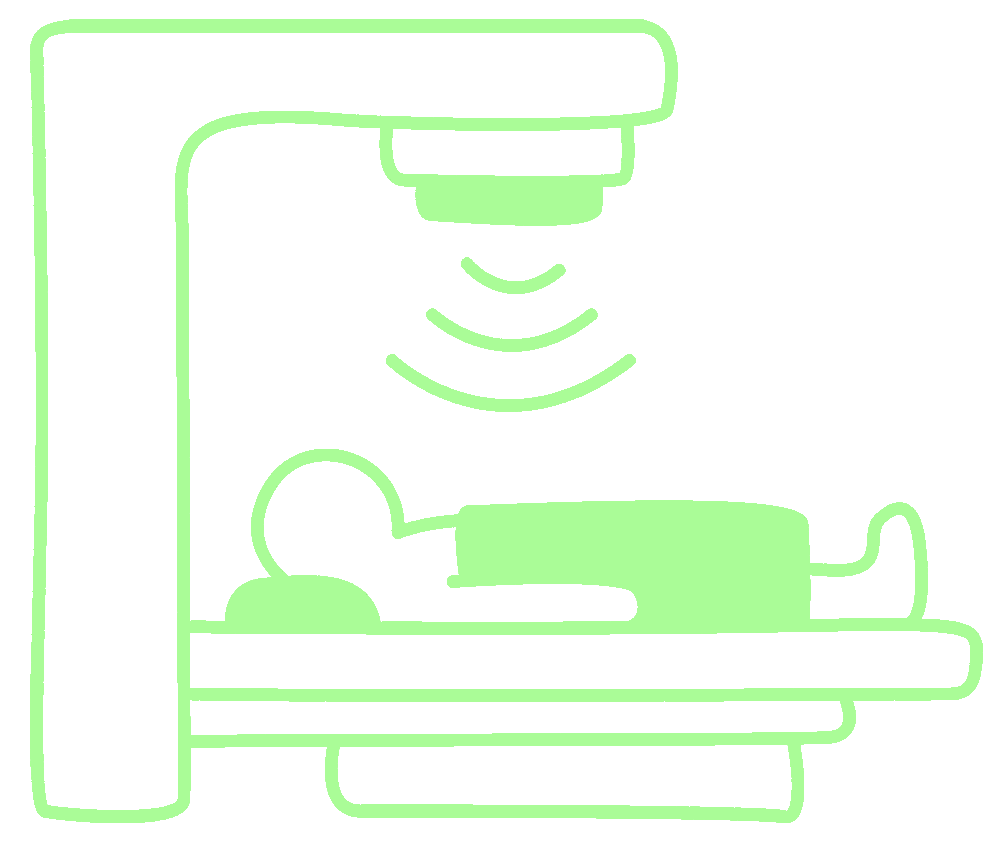
 Samples: Stool & urine
Samples: Stool & urine
 Samples: Stool & urine
Samples: Stool & urine What?
Using special kits that you will be provided in advance, you will be asked to collect a stool (poo) sample seven days before your clinic visit, and a urine sample the morning of your visit.
Why?
To explore many things about you and your health, including your genetics, hormones, nutrition, microbiome (the community of microorganisms living in you), and metabolome (molecules involved in many chemical processes affecting how your cells function).
How long?
About 15 minutes.

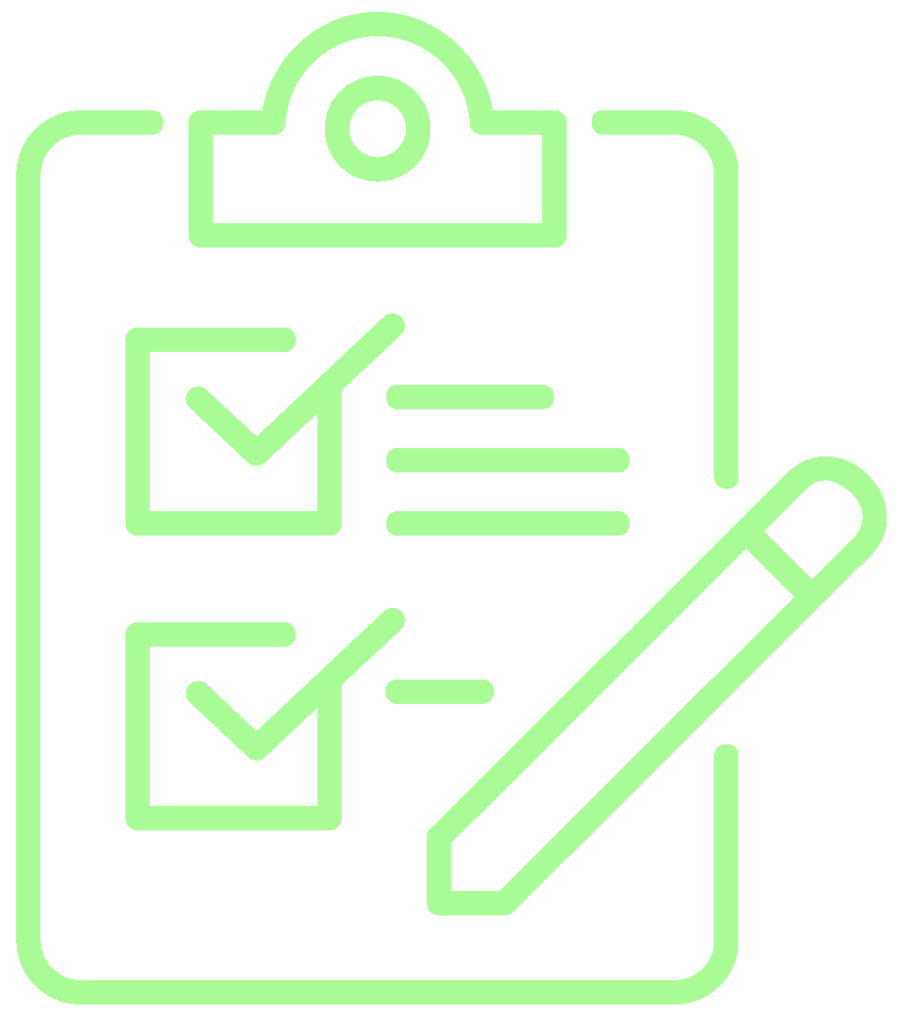 Questionnaires
Questionnaires
 Questionnaires
Questionnaires What?
You will be asked to complete various online forms. The questions asked will relate to such topics as: anxiety, depression and bullying; physical activity; sleep habits; media and technology use; risky behaviours (like smoking or vaping); and gender and body image.
Your answers will be strictly confidential.
Why?
To investigate the influence of these factors on your health and development.
How long?
As much time as you need, usually anywhere from 90 minutes to a few hours.
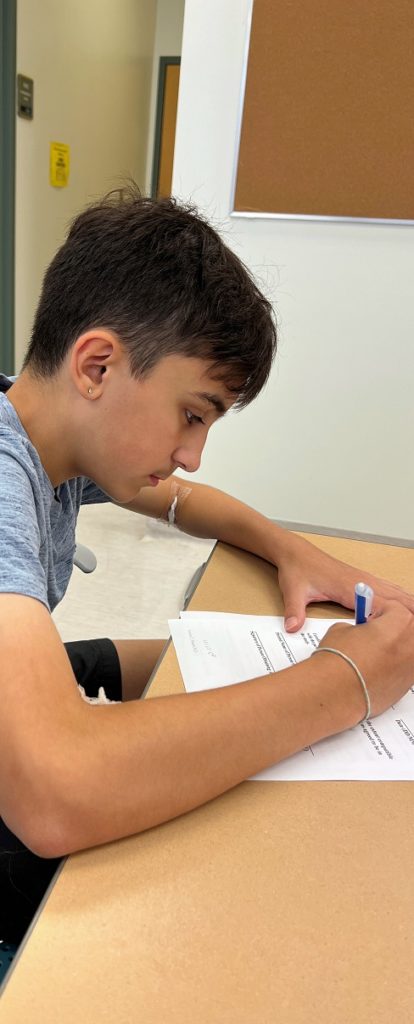
2. During your visit
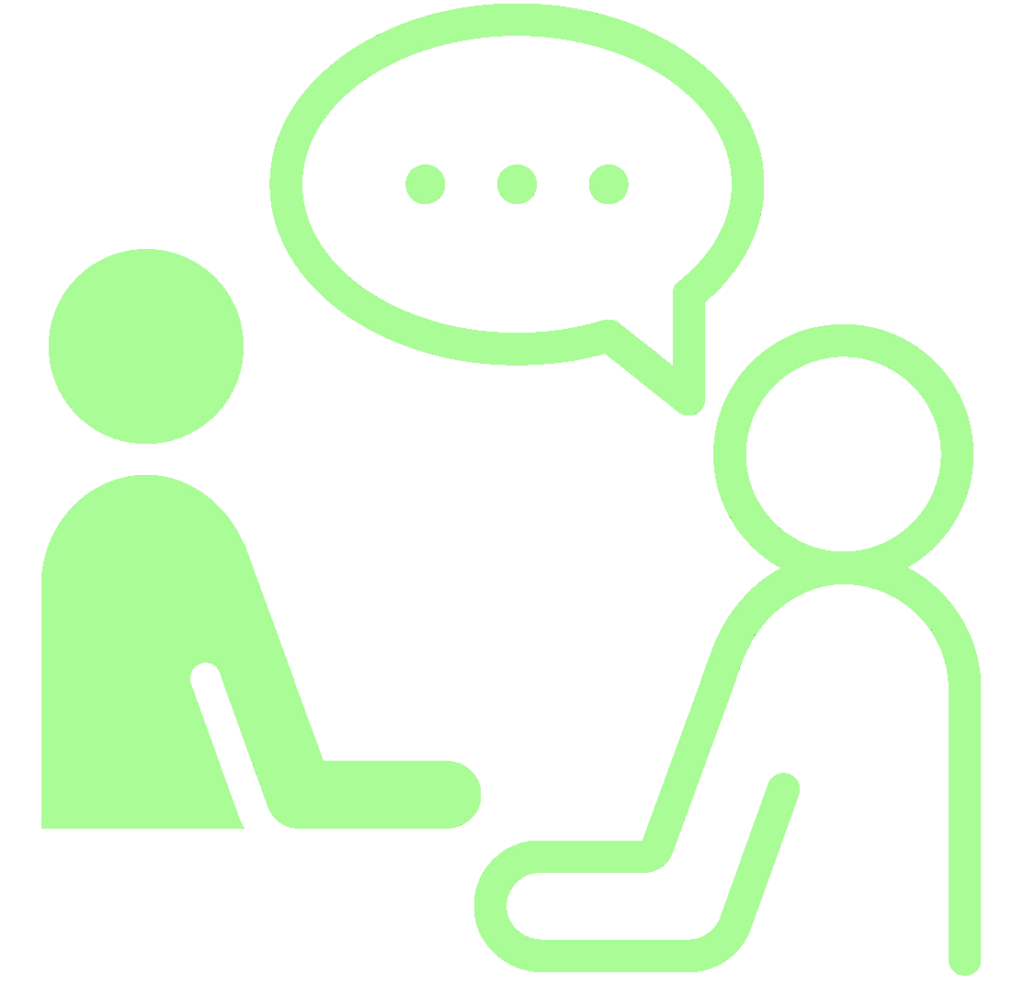 Consent
Consent
 Consent
Consent What?
CHILD staff will review a form with you, similar to what you signed at your 8- and 13-year visits. It will explain why we invited you for a visit this time and what information we plan to collect.
Why?
To make sure that you know your participation is voluntary, and that you know about and are comfortable with the visit activities and how CHILD will use your information.
How long?
As much time as you want, but it could be done in as little as about 15 minutes.
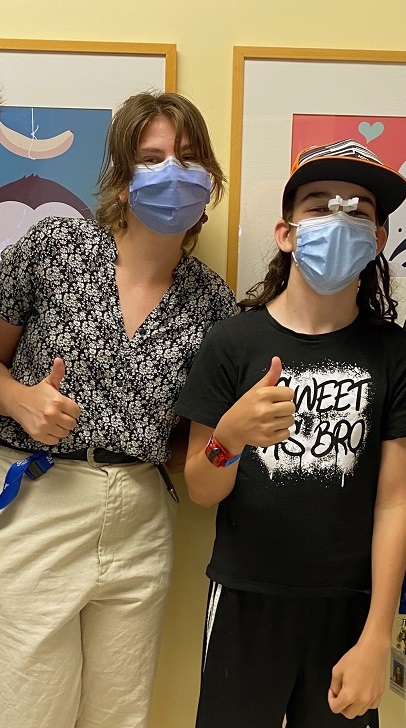
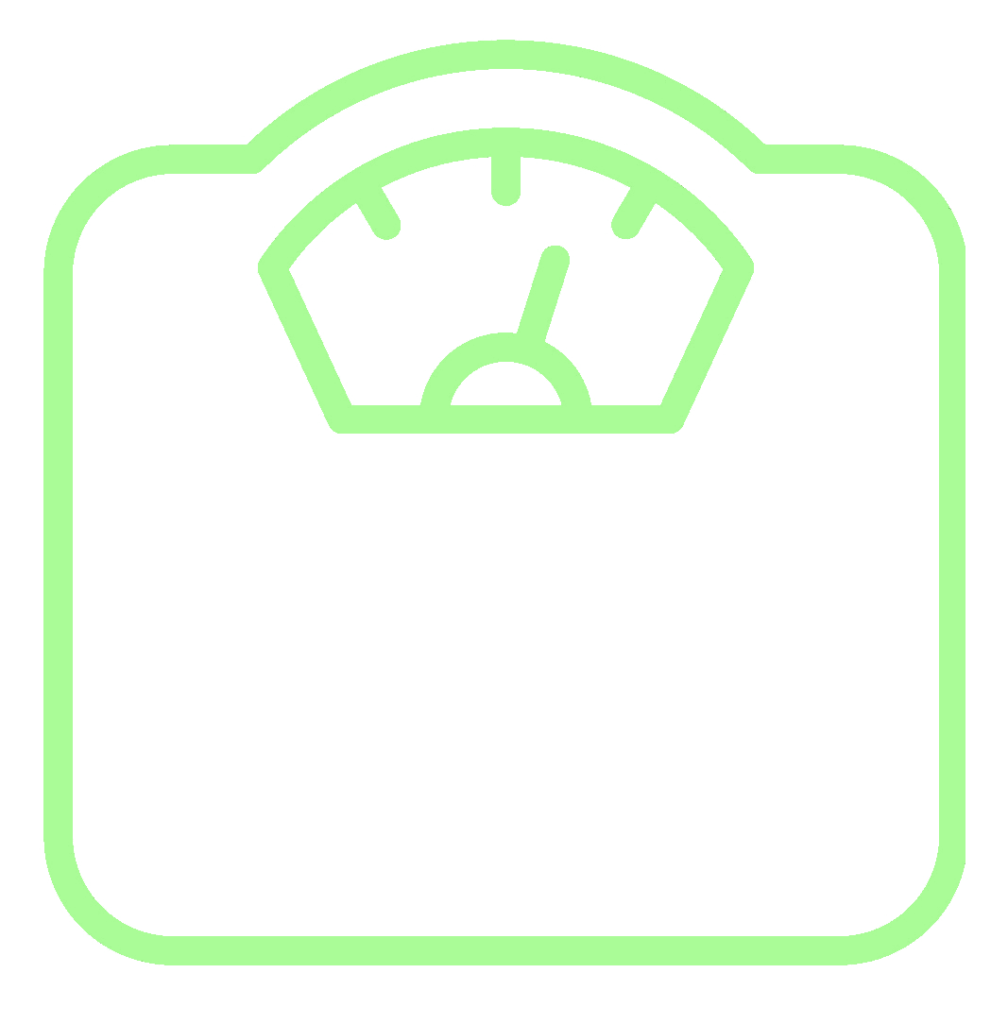 Body measurements
Body measurements
 Body measurements
Body measurements What?
CHILD staff will take various body measurements: height; mid-arm, hip and waist size; arm and back skinfold. They will also use a scale to measure your weight and body composition (for example, the amount of lean muscle you have).
Why?
To track your overall growth and physical development over time.
How long?
About 10 minutes.

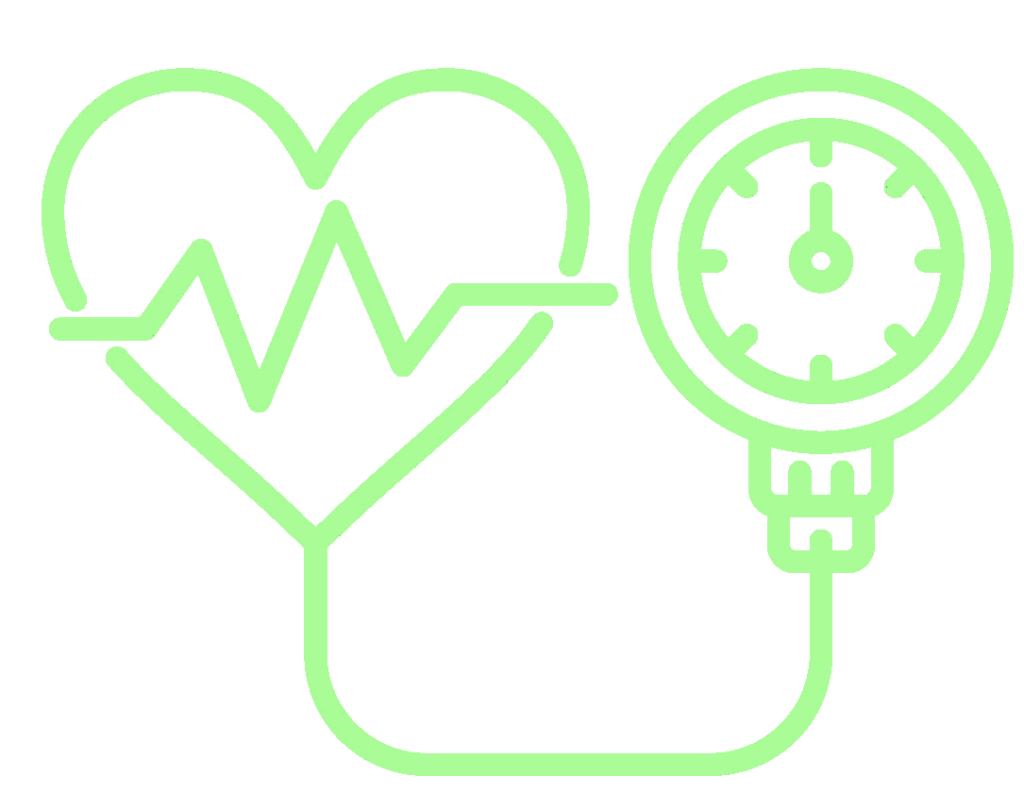 Blood pressure
Blood pressure
 Blood pressure
Blood pressure What?
CHILD staff will use a monitor to test your blood pressure three times, with a one-minute break between each test.
The test involves wrapping a cuff around your upper arm, inflating it then measuring the flow of your blood through the arteries in your arm as it slowly deflates.
Why?
To track the health of your heart and vascular system (the vessels through which your blood flows).
How long?
About 7 minutes.
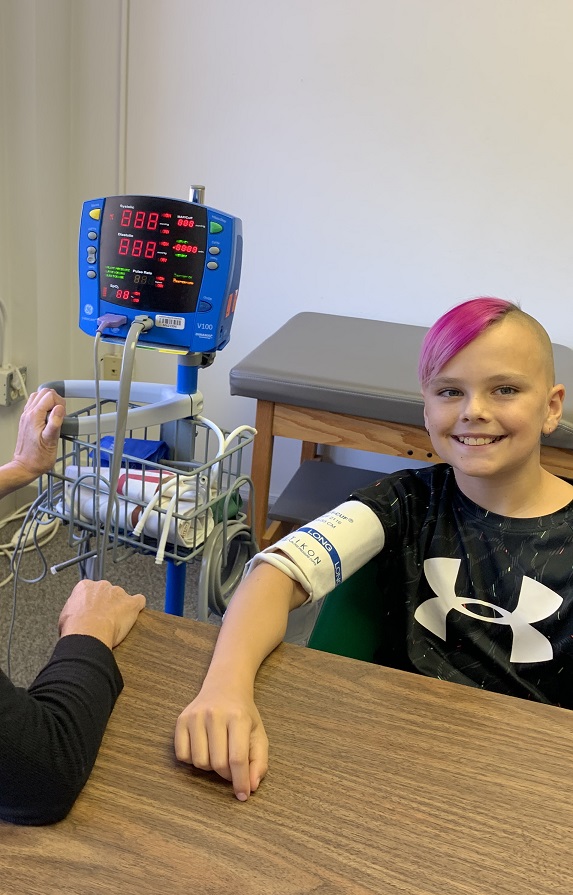
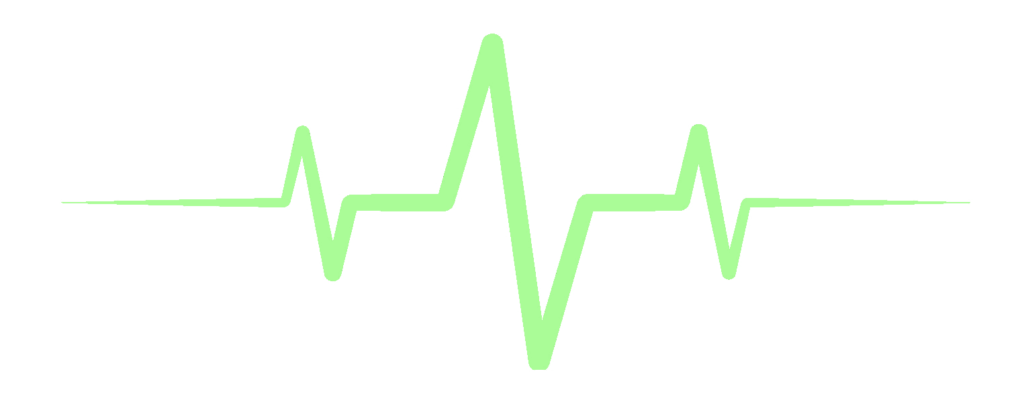 Pulse wave velocity
Pulse wave velocity
 Pulse wave velocity
Pulse wave velocity What?
CHILD staff will measure how fast blood travels through your arteries as a result of your heart pumping. As you lie down and relax, staff will place a cuff around your leg and gently touch your neck with a flat wand.
Why?
To see how elastic and flexible your arteries are, which is a sign of the health of your cardiovascular system – your heart and the vessels through which your blood flows.
How long?
About 15 minutes.
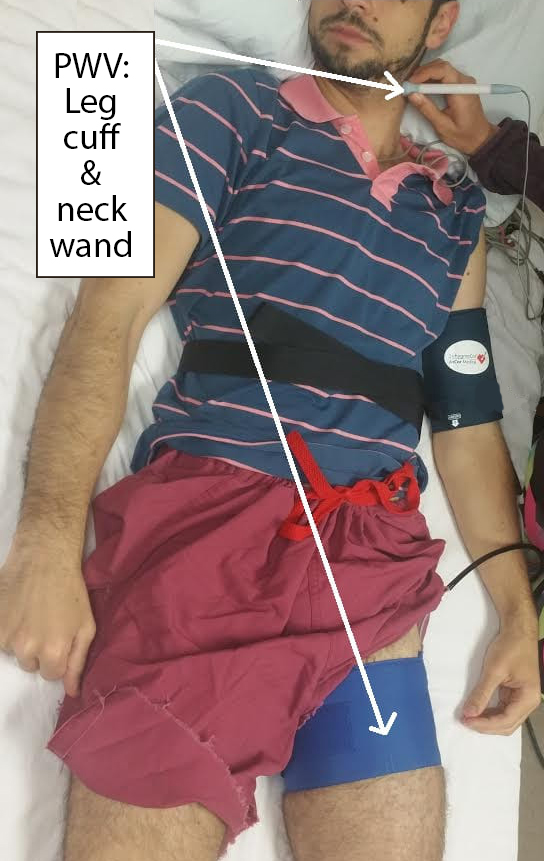
 Skin allergy
Skin allergy
 Skin allergy
Skin allergy What?
CHILD staff will expose you to the same common allergens you’ve been exposed to in past visits, including cat, dog, mold, grass, weeds, trees, house dust, cow’s milk, egg white and peanut. CHILD staff will gently scratch a small amount of each into the skin of your forearm.
Why?
To check for signs of an immune reaction, like slight swelling or redness, which may mean that you are developing an allergic sensitivity.
How long?
About 15 minutes.
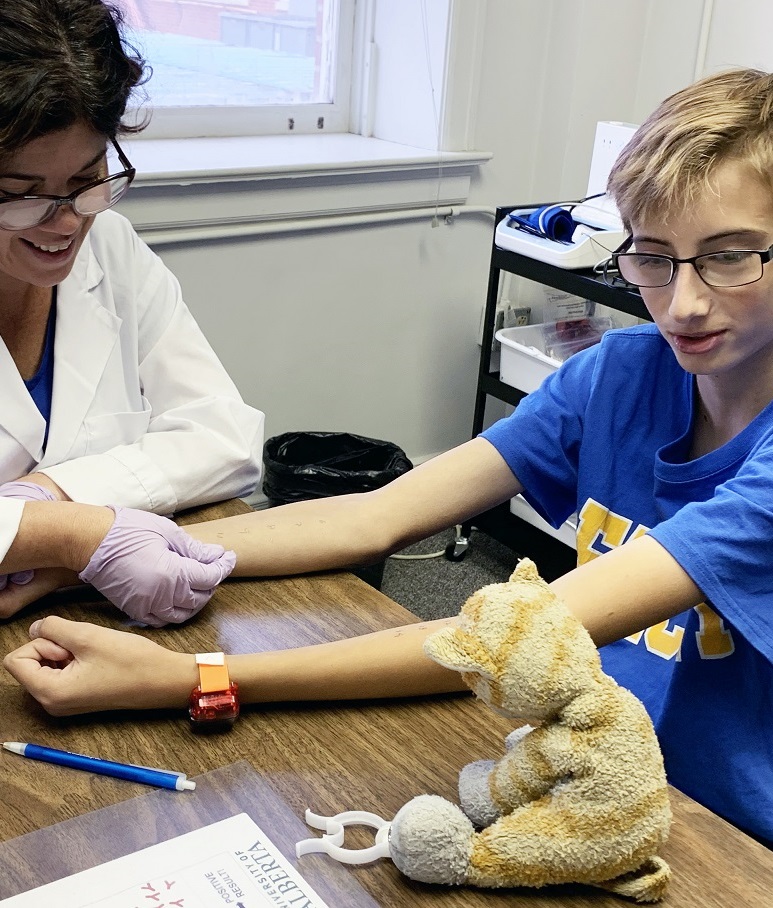
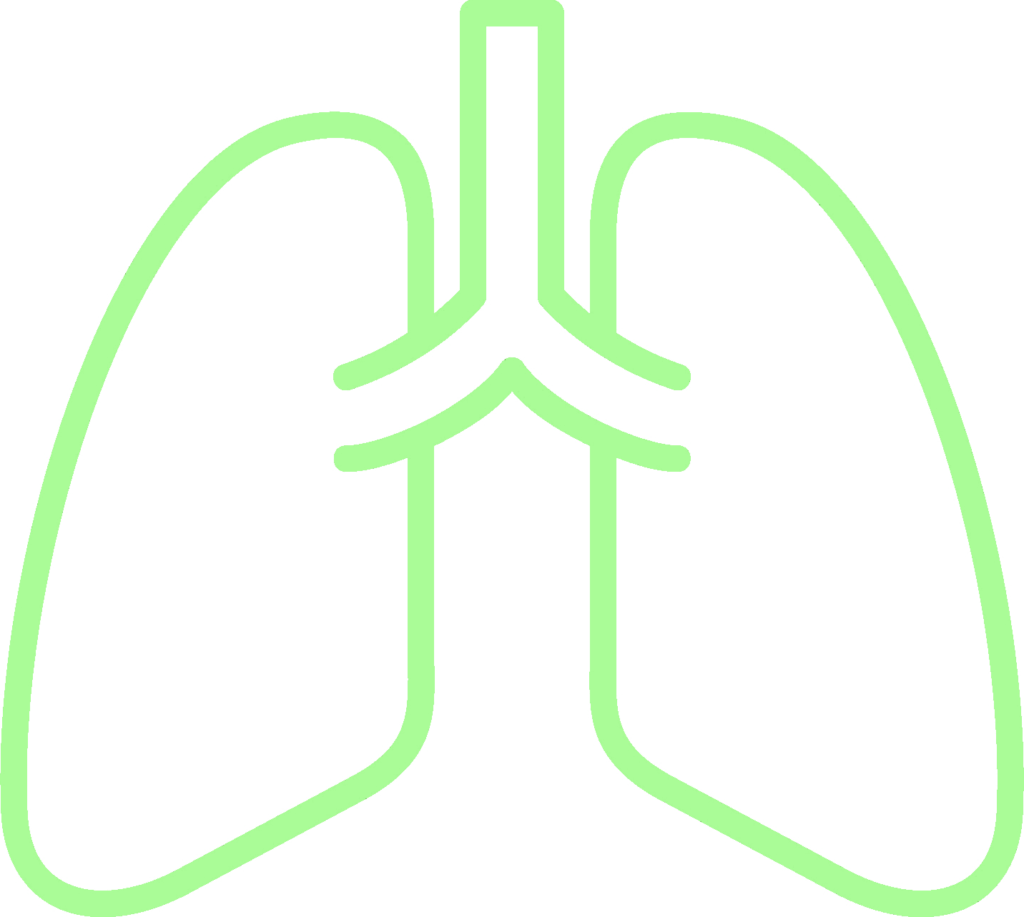 Lung: Spirometry
Lung: Spirometry
 Lung: Spirometry
Lung: Spirometry What?
You will be asked to take a deep breath and then to blow into a plastic tube (a spirometer) a couple of times. Then you will be given 4 puffs of a common inhaler and be asked to do it again.
Why?
To check how open and clear your airways are, as a sign of your lung health.
How long?
About 20 minutes.

 Samples: Blood & mucus
Samples: Blood & mucus
 Samples: Blood & mucus
Samples: Blood & mucus What?
At your clinic visit, staff will collect a sample from you of nasal (nose) mucus and blood or saliva.
Why?
To explore many things about you and your health, including your genetics, hormones, nutrition, microbiome (the community of microorganisms living in you), and metabolome (molecules involved in many chemical processes affecting how your cells function).
How long?
About 15 minutes.
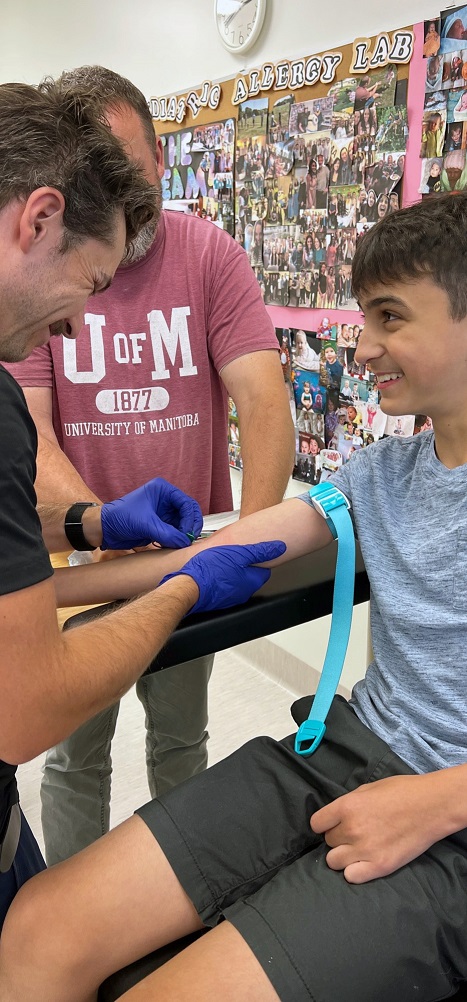
 Toronto only: More lung
Toronto only: More lung
 Toronto only: More lung
Toronto only: More lung What?
Multiple Breath Washout (MBW): You will breathe in and out through a special mouthpiece while a machine tracks how gas moves in and out of your lungs.
Why?
To see how well your lungs clear out air, which is important for detecting lung diseases.
How long?
About 30 minutes.
What?
Forced Oscillation Technique (FOT): You will breathe normally through a mouthpiece while gentle sound waves (pressure waves) are sent into your airways to measure how easily air flows in and out.
Why?
To check if your airways are blocked or stiff.
How long?
About 20 minutes.
 Manitoba only: DXA scan
Manitoba only: DXA scan
 Manitoba only: DXA scan
Manitoba only: DXA scan What?
DXA (Dual-energy X-ray Absorptiometry) scan: You will lie still for a couple of minutes under a scanner that emits low-level X-rays.
Why?
To measure your bone density and body composition (fat, muscle, and bone mass), for insights into your bone health and overall fitness.
How long?
About 5 minutes?
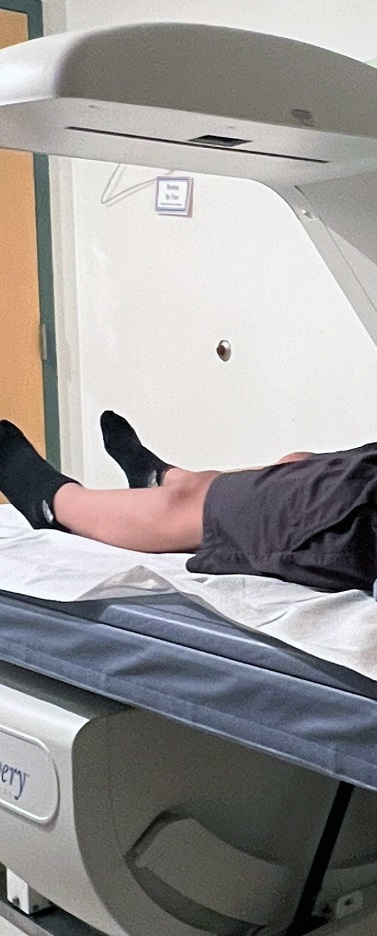
3. After your visit
 Wearables
Wearables
 Wearables
Wearables What?
If you agree, you will use one or two pieces of wearable technology for a week: a GPS (global positioning) device and/or an Oura Ring (physical activity) ring.
Why?
To gain insight into your sleep and physical activity patterns, as well as the environments you spend time in.
How long?
During your visit, staff will take a couple of minutes to explain these wearables. After your visit, you will wear any device that you agree to wear for 7 days (GPS) and/or 4 weeks (Oura Ring).

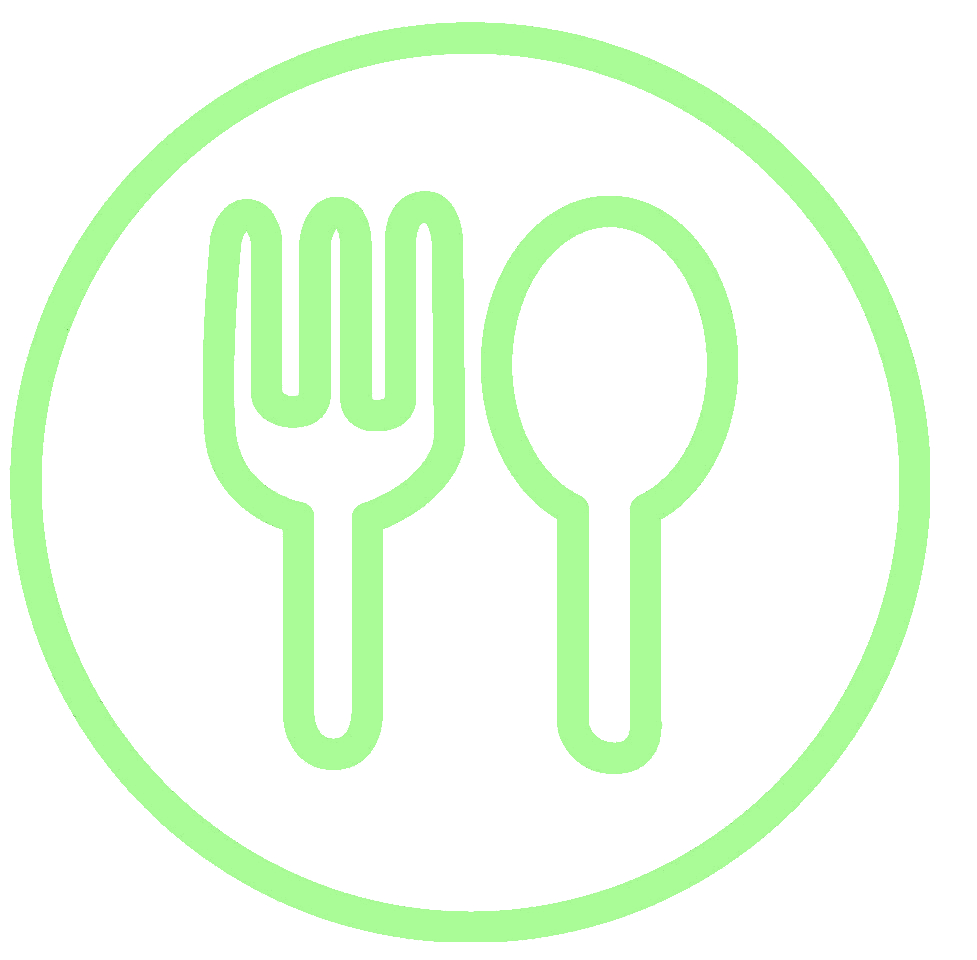 Nutrition tracking
Nutrition tracking
 Nutrition tracking
Nutrition tracking What?
Use a mobile app for 3 days to track your food consumption.
Why?
To gain insight into your eating habits and how they might impact your health and development.
How long?
Your online questionnaires will describe this app and CHILD staff can answer questions about it at your visit. If you have not used the app for us before, you will use it for 3 days (a weekend and one weekday), after your visit.
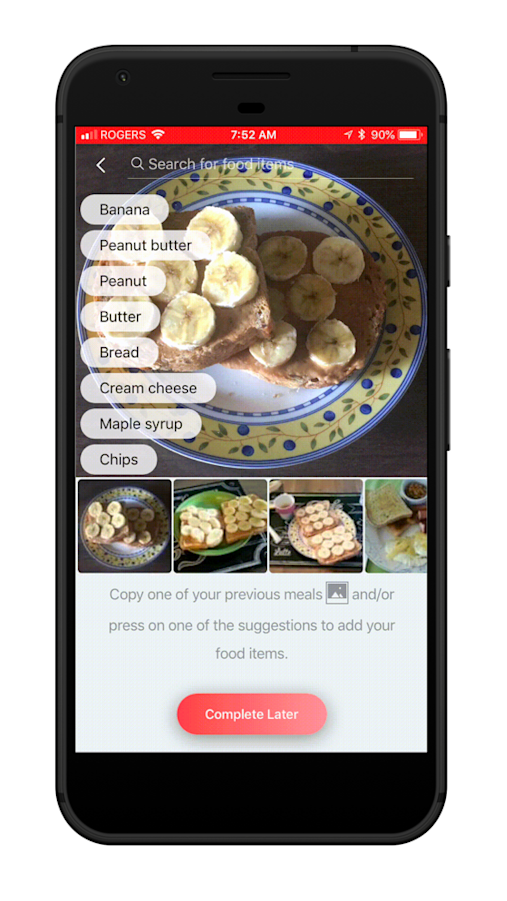
Thank you in advance for your continuing participation in CHILD!

Tiimes, where given, are approximate. Visit activities and timelines may vary from site to site.
1. Before your visit
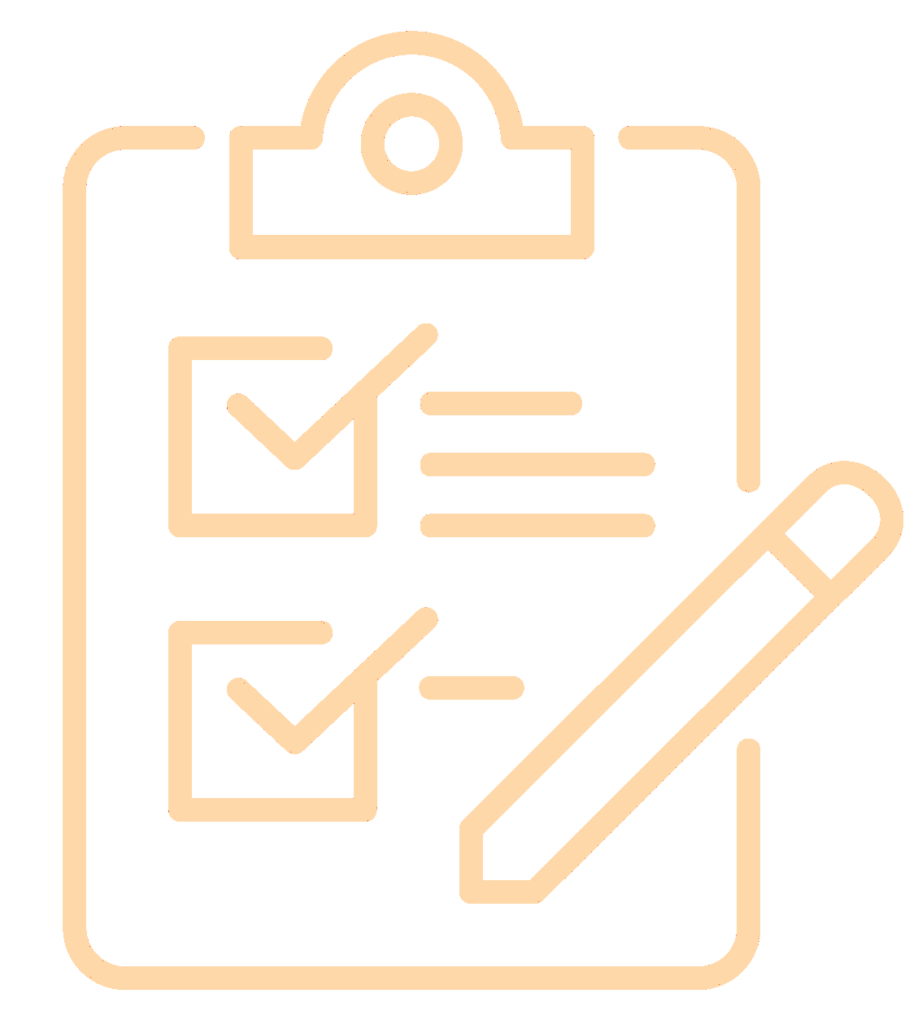 Questionnaires
Questionnaires
 Questionnaires
Questionnaires What?
On a series of forms, you will be asked to respond to various questions relating to such topics as: your child’s recent health and medication history; environmental factors at home and at your child’s school; your child’s eating and sleeping habits; your child’s overall metal health and well-being; household socio-economic status and stress levels; and your own health and activity levels.
Why?
To investigate the influence of these factors on your child’s health and development.
How long?
As much time as you need, usually anywhere from 90 minutes to a few hours.
2. During your visit
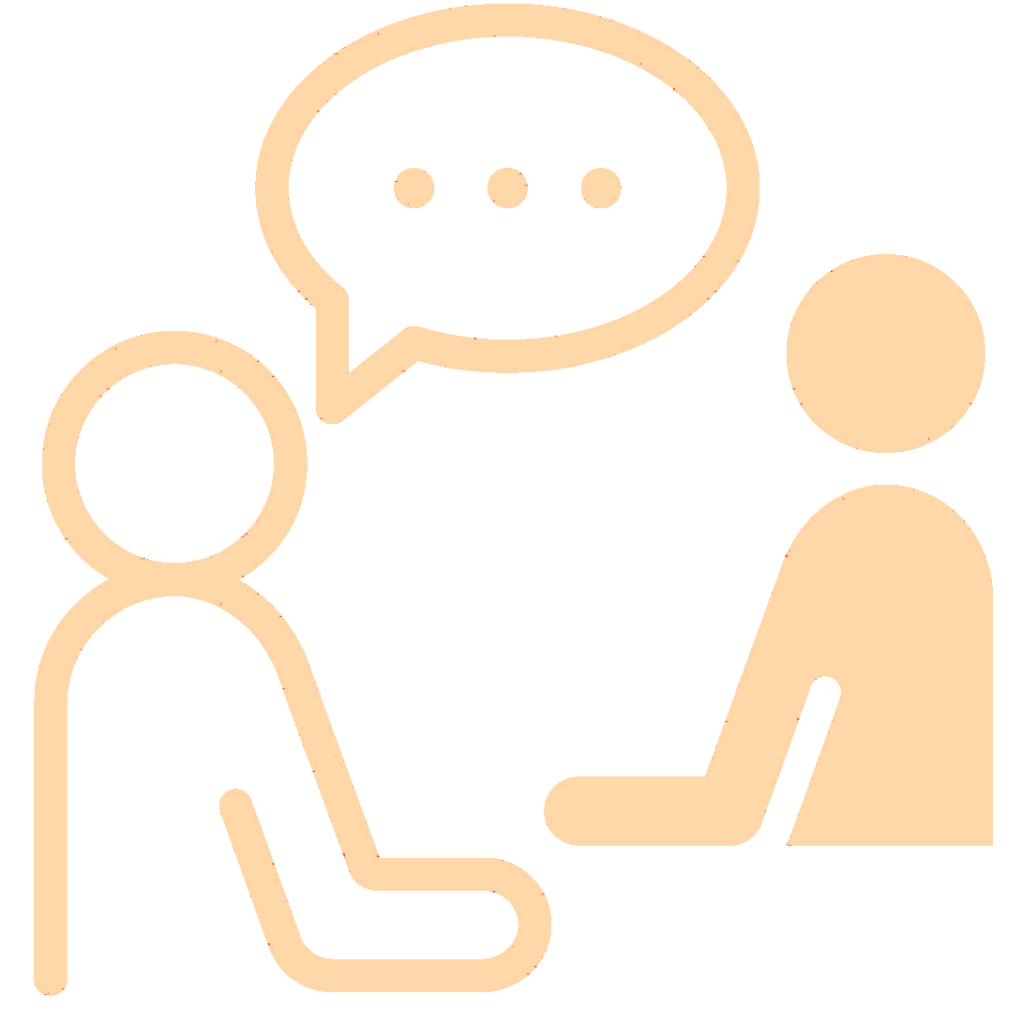 Consent
Consent
 Consent
Consent What?
CHILD staff will review with you a document that details the purpose of your and your child’s visit, the tests and questinonaires you will be asked to complete, and the way the resulting data will be used. You will be asked to confirm your agreement with the Study’s plans by signing the document.
Why?
We are doing this to ensure that you understand and agree with the way the Study will collect and use the data from your CHILD visit.
How long?
About 20 minutes.
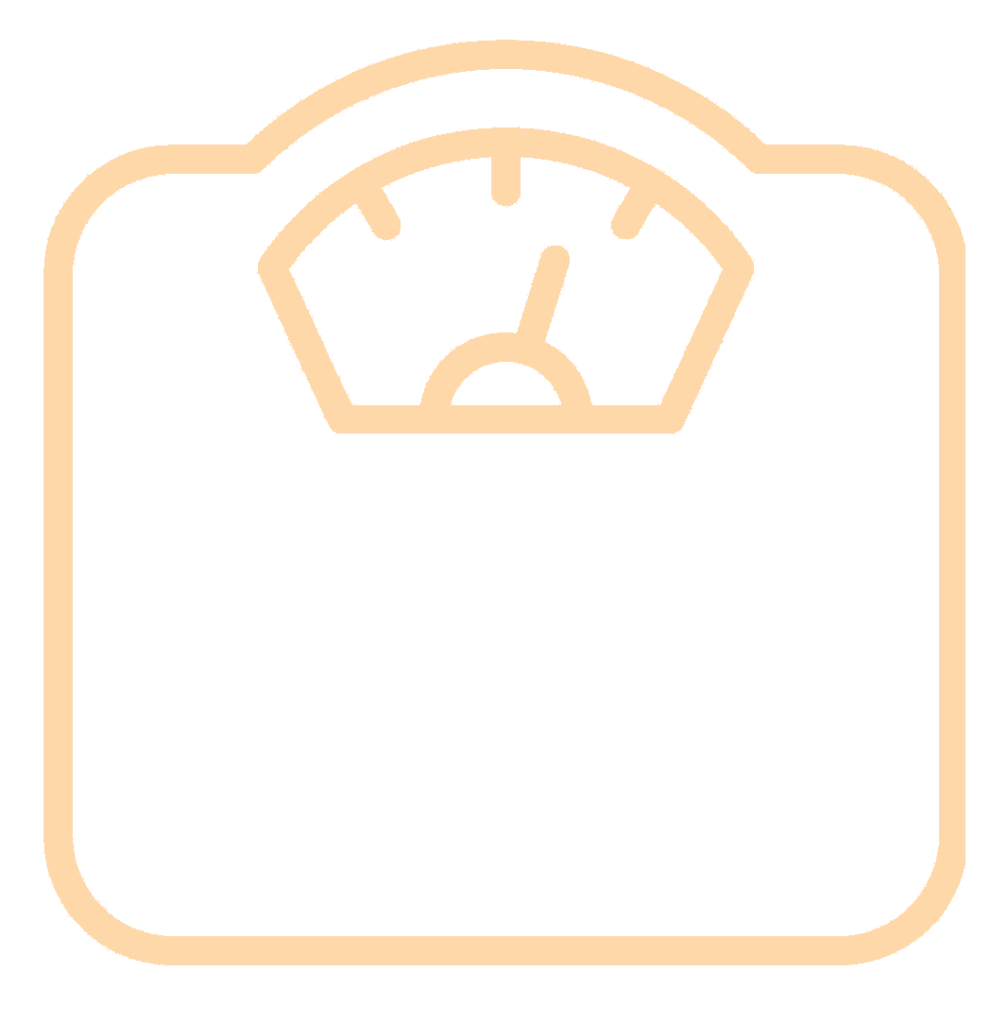 Body measurements
Body measurements
 Body measurements
Body measurements What?
CHILD staff will take various body measurements: height; mid-arm, hip and waist size; arm and back skinfold. They will also use a scale to measure your weight and body composition (for example, the amount of lean muscle you have).
Why?
To track your overall growth and physical development over time.
How long?
About 10 minutes.
 Blood pressure
Blood pressure
 Blood pressure
Blood pressure What?
CHILD staff will use a monitor to test your blood pressure three times, with a one-minute break between each test.
The test involves wrapping a cuff around your upper arm, inflating it then measuring the flow of your blood through the arteries in your arm as it slowly deflates.
Why?
To track the health of your heart and vascular system (the vessels through which your blood flows).
How long?
About 7 minutes.
3. After your visit
 Feedback
Feedback
 Feedback
Feedback What?
At the end of your family’s clinic visit, staff will review what was accomplished and solicit your feedback on your visit experience.
Why?
To ensure your time was used well and nothing important was overlooked, and to identify ways of improving possible future clinic visits.
How long?
About 10 minutes.
Thank you in advance for your continuing participation in CHILD!

